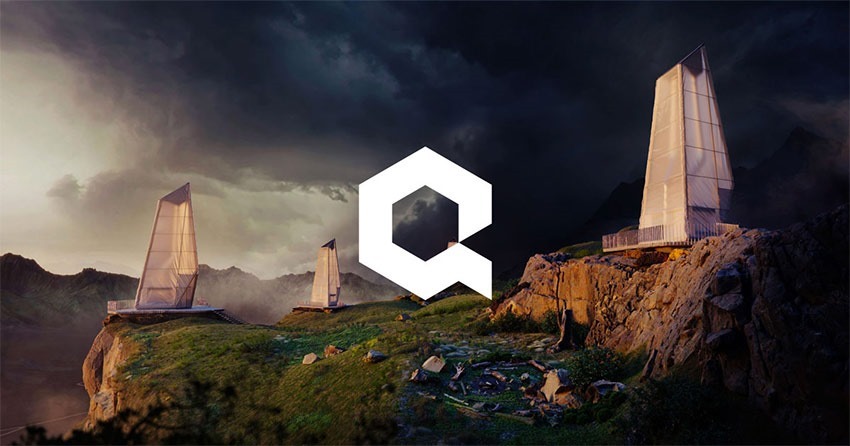
Quixel is a company that’s spent the last decade or so doing high-resolution photogrammetry, scanning in thousands of real-world objects, buildings and other assets like animal fur – and turning it into 3D assets to be used in applications and games. It’s an incredible, substantial library of assets that’s useful for delivering photorealism.
And now, that library is free to developers and creators who use Unreal Engine. That’s because Epic Games has acquired Quixel and its Megascans, and opened them up to UE developers. It starts with ten high res packs that are available on the Unreal Engine marketplace, with more to come.
For the past decade, we have traveled to every corner of the world to build Megascans, and we have created tools that help artists focus on creativity. Our mission is to scan the world and to build an ecosystem that unlocks triple-A level artistry for everyone. As part of Epic, we will not only greatly accelerate this mission, but also give back to you, our community, in ways we simply couldn’t have done on our own.
That means that if you are using Megascans with UE4, you get free, unlimited, and instant access to all of Megascans through Bridge and Mixer, and a wealth of Megascans packs on the Unreal Engine Marketplace. Ten high-resolution packs have been shared today for free on the Unreal Engine Marketplace, with additional asset packs being made available for free on the Marketplace at a future date within the Unreal Engine 4.24 release timeframe. This way, you can access the content in whatever way you prefer.
On top of that, thanks to Epic’s financial resources, the Megascans library will be cheaper for those who don’t use UE4. Quixel’s other software tools for managing and editing assets will be released to developers for free.
While this means nothing to the average consumer, it does mean that there’s a vast library of assets available to developers, which should streamline the development of some games and computer-generated films, giving you more rad stuff in the future. Here’s a look at a real-time cinematic made by Quixel using their Megascans from Iceland.
Last Updated: November 13, 2019






















Gustav Willem Diedericks
November 13, 2019 at 15:11
So this will be either very cool, in the vein of developers actually using the stuff to create wonderfully photo-realistic worlds in games, or this will end badly, similar to the Unity engine and its cut and past crap-ware as found on Steam.
Pariah
November 13, 2019 at 15:32
Remember something – Unreal Engine can be used beyond games. Real-time rendering or for movie creation. This library seems to be aimed more at this area of the engine, rather than the game-building aspect of it.
Admiral Chief
November 13, 2019 at 15:33
I recently watched Interstellar. The black hole animation was done with over 800 TB (yes, 800 TB) of rendering, that took over 100 hours. They used what we know of black holes (very little) and theoretical physics to render the model. There were multiple papers written on the rendering and real world possibilities.
I agree, there are a lot of usages for such engines in real world applications. So this is good news possibly
#inb4_tl;dr
Admiral Chief
November 13, 2019 at 15:32
Sadly, you are correct (with second fear)